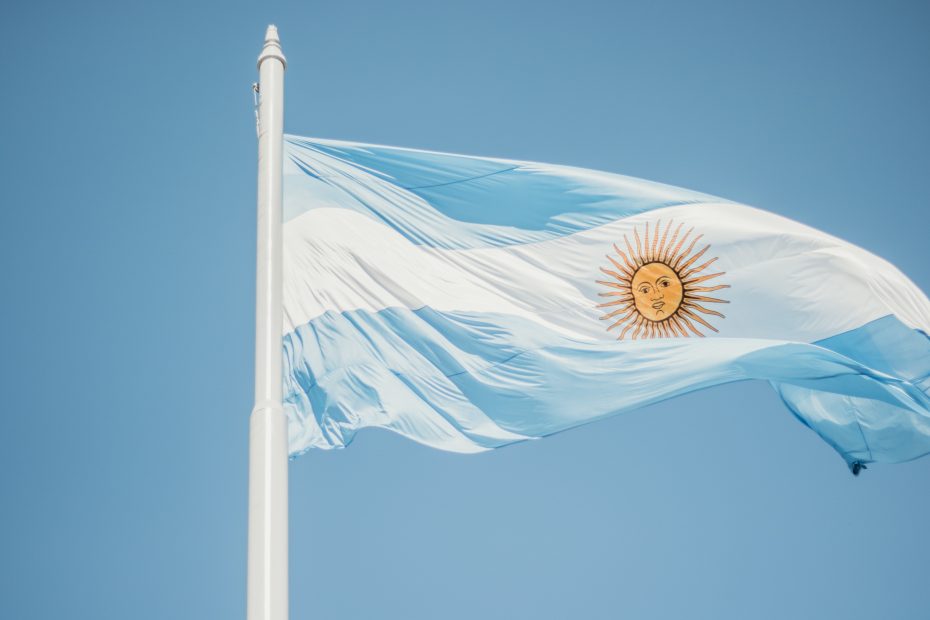Table of Contents
Introduction
Nestled within the lush, subtropical forests on the border of Argentina and Brazil lies one of the most spectacular natural wonders of the world – the magnificent Iguazu Falls. As one of the largest waterfall systems on the planet, Iguazu offers a majestic display of sheer power and beauty. From the breath-taking Devil’s Throat to the meandering walkways overlooking the 275 individual falls, it’s easy to see why tourists flock here. Let’s explore the history, wildlife, and splendor of the incredible Iguazu Falls.
History and Facts
So how did these massive waterfalls come to be? Their indigenous name, “Iguazu,” translates to “big water” in the native Guarani language. Though Europeans first set eyes on Iguazu Falls in 1541, the local tribes living in the region had been privy to their beauty for over 10,000 years prior. At its widest point, Iguazu stretches nearly 2.7 kilometers across. The average height of the falls is 64 meters, higher than Niagara Falls. Their combined flow rate peaks at a jaw-dropping 450,000 ft3/s!
The Falls
The star of the show is the u-shaped Devil’s Throat, spanning 150 meters wide and 82 meters high. As the highest and deepest fall, it carries over half of the Iguazu River’s flow! The upper and lower circuits allow you to get a panoramic view of the entire waterfall system from both the Argentinian and Brazilian sides. While all 275 falls have their own charm, make sure to catch the San Martin Falls, Bossetti Falls, and Two Sisters Falls on the upper circuit.
Flora and Fauna
The national park protects over 67,000 hectares of lush subtropical rainforest, providing a sanctuary for countless rare species. Keep an eye out for vibrant toucans and parrots, magnificent butterflies, curious coatis, and lazy caimans soaking up the sun. The dense jungle surrounding the falls contains some flora that doesn’t exist anywhere else on the planet.
Visitor Access
A series of catwalks and trails wind you directly beside, underneath, and around many of the falls for an up-close experience. For an exhilarating boat ride, opt for a trip to the very base of the Devil’s Throat. Come between June to September for the most spectacular views, as the flow is highest during Brazil’s rainy season.
Threats and Preservation
To protect the falls, Brazil and Argentina designated their sides as national parks in 1939 and 1934 respectively. Recent droughts have unfortunately caused water levels to drop, affecting the majestic cascade. However, ongoing conservation and monitoring efforts help safeguard Iguazu’s delicate ecological balance.
Experience the Majesty
As one of the planet’s most incredible natural phenomena, few places can compete with the raw power and unspoiled beauty embodied in Iguazu Falls. The sheer vastness coupled with rainbows, mist, and thundering cascades make it an unforgettable destination. A visit should be on everyone’s bucket list – when you stand before them yourself, you’ll agree they are a true wonder of the world.
FAQs
Where are the Iguazu Falls located?
The Iguazu Falls are located on the border of Argentina and Brazil where the Iguazu River cascades over a volcanic cliff face. The falls can be accessed via national parks on both sides.
What is the best time of year to visit Iguazu Falls?
The wet season between June and September offers the most spectacular views as the falls will be at full flow. The weather is also warm and humid during this period.
What activities can you do at Iguazu Falls?
Popular activities include hiking the catwalks for views from above, taking boat rides up close to the bottom of the falls, visiting the local wildlife, and helicopter tours for aerial views.
Are the Brazilian and Argentinian sides very different?
Both offer spectacular views but the Brazilian side provides panoramic, wide-angle views of the entire waterfall system while the Argentinian side offers more intimate, closeup experiences. It’s worth visiting both if possible.
Where does the name Iguazu come from?
Iguazu means “big water” in the indigenous Guarani language. The falls were known by native tribes for thousands of years before being discovered by Europeans.
